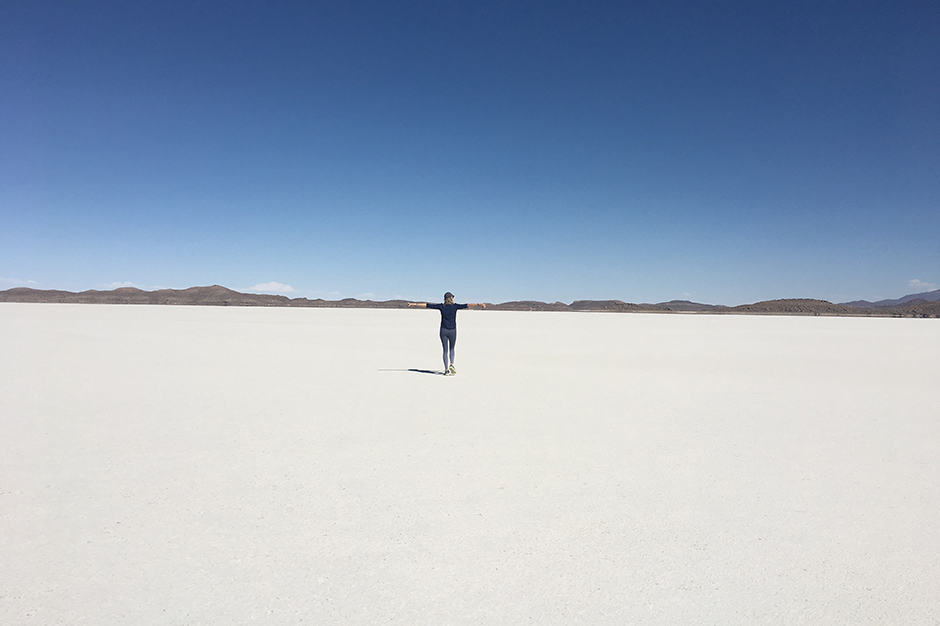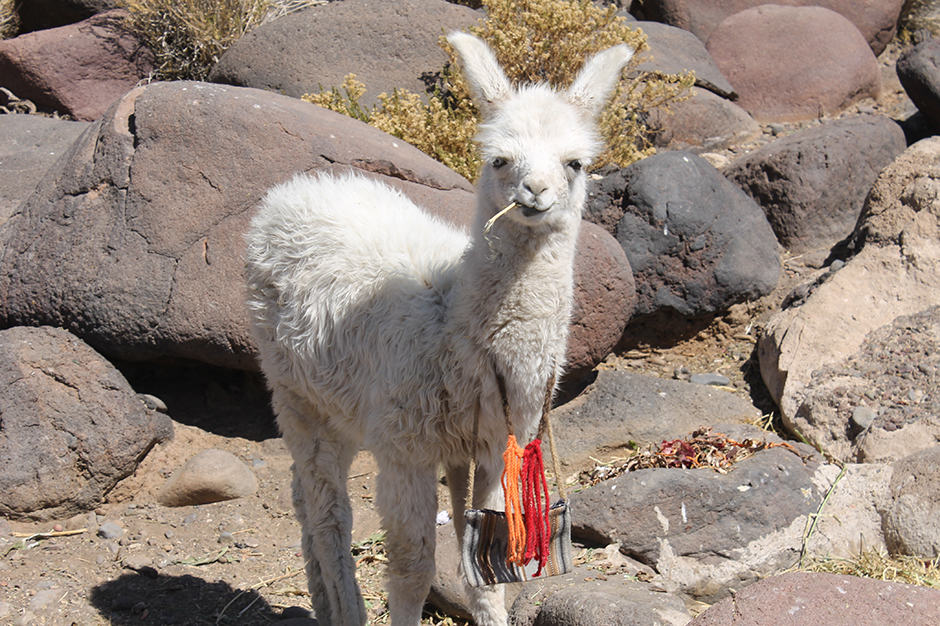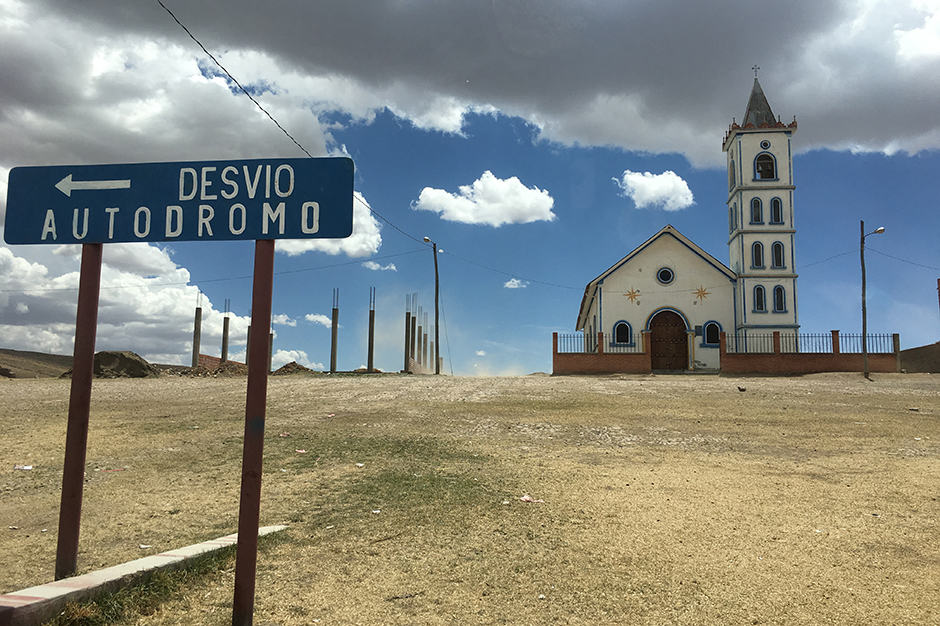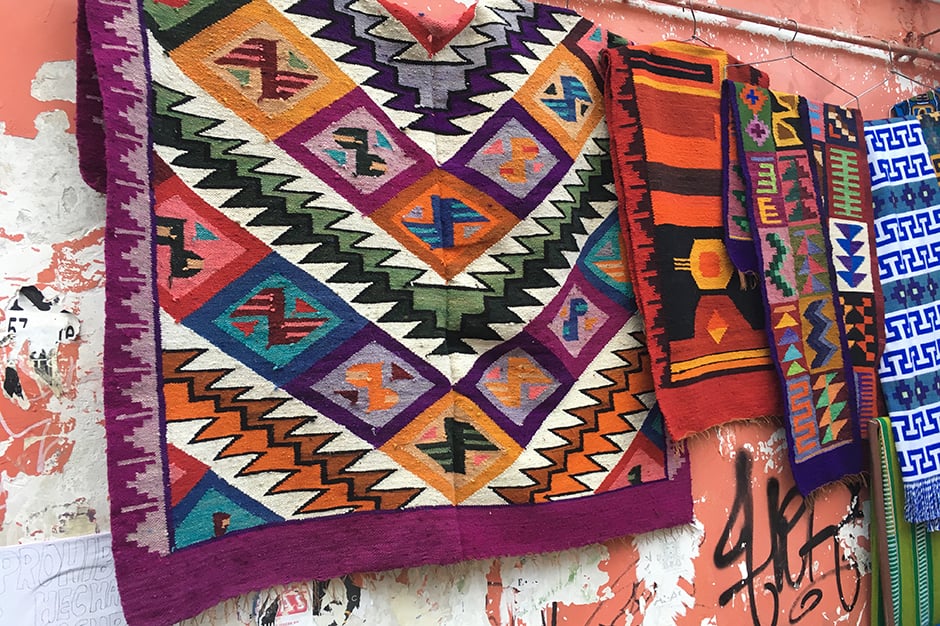Join/
Strategies
Five to Know: Key Travel Tips & the Best Time to Visit Bolivia
Marveling at the vibrant sunset that rippled along the horizon, I wonder how the Salar de Uyuni, the Bolivian salt flats, could possibly be real. I’m standing in a bizarre snow-white landscape, where blindingly bright, cracked and arid earth extends as far as the eye can see.
This otherworldly beauty was once reserved for intrepid backpackers willing to brave the harsh elements and lack of infrastructure in Bolivia, one of South America’s least touristed nations despite its incredible scenery and cultural riches. In recent years, however, the country has welcomed a slew of luxury hotels and hot-spot restaurants, and travelers are taking notice. Here are a few tips to bear in mind as you plan a trip, including the best time to visit Bolivia.
Contact Indagare for assistance planning a trip to Bolivia. Our specialists can book you at the hotel that is right for you and plan great meals and activities.
1. The landscapes are incredibly diverse
[caption id="" align="alignnone" width="620"]
Bolivia has it all: Lake Titicaca, an ocean-like body of cerulean blue water; La Paz, the dramatic capital cradled in an Andean valley; the vast Salar de Uyuni, the largest salt flats in the world; and the Amazonian jungle. With the exception of the Amazon, Bolivia’s highlights are close to one another and can easily be seen in a few days.
Related: Why Go Now: Bolivia
2. Peru and Bolivia have a sibling rivalry
[caption id="" align="alignnone" width="620"]
Sixty percent of Lake Titicaca is within Peru, but Bolivia’s 40 percent is less polluted and bluer, giving the country the edge in quality over quantity. The sister countries compete (good-humoredly) with respect to historical attractions as well. Unfortunately, one of Bolivia’s most important archeological sites lost funding in the mid-1950s due to improper excavation and, as a result, it is not as impressive as Peru in this respect. Bolivia’s magic resides in its raw beauty. Peru offers luxury, Bolivia authenticity. An ideal itinerary includes time in both.
Related: Discovering Bolivia
3. La Paz is an up-and-coming destination
[caption id="" align="alignnone" width="620"]
The Bolivian capital is known for its unique natural setting, 11,500 feet above sea level and rimmed by majestic snowcapped mountains. In recent years, innovative restaurants and art galleries have opened, and the city has invested in new transportation systems. The chic ATIX Hotel opened in spring 2017 in the sophisticated Zona Sur neighborhood, home to La Paz’s top restaurants. The hotel, which blends modern design with such Bolivian elements as locally sourced onyx and contemporary artwork, boasts hot-spot restaurant Ona (atixhotel.com). Another eatery drawing foodies is Gustu, the latest spot from Noma’s Claus Meyer. Captivated by the unique flavors of Bolivia, the chef crafted a menu focused on traditional local fare that includes inventive dishes like amaranth cooked in açaí (gustubo.restaurantgustu.com).
Although the spotlight is on such new attractions, some classic La Paz experiences are still not to be missed, such as riding Mi Teleférico. The highest cable car in the world, it affords stunning views of Valle de la Luna, the dreamy, terracotta-colored valley in the city’s southwest corner. Another popular activity is visiting the Witches’ Market (not for the faint of heart), which showcases woven textiles, dried animal parts and llama fetuses that are always buried under any new construction as an offering to Pachamama aka Mother Earth. The Ethnographic Museum is a must-stop to see ancient textiles and pottery as well as splendid regional masks and costumes. For an unusual outing, look into Cholita wrestling.
Related: The People We Meet Along the Way: Bolivia
4. Salar de Uyuni is a don’t miss...
[caption id="" align="alignnone" width="620"]
“Salvador Dali’s desert,” as it is known, is the world’s largest salt flats, measuring 4,086-square-miles (100 times larger than the famed Bonneville Salt Flats in Utah). Left behind when a prehistoric lake that may have connected to Lake Titicaca dried up, it is Bolivia’s star attraction. Uyuni, at the entrance to the flats, is known as Toyota Town, since land cruisers are the only vehicles that can handle the rugged terrain. Travelers should plan for at least one night in the flats to experience the bright landscape, explore caves and salt springs and enjoy the incredible stargazing afforded by the clear night sky.
Note that the UV rays here are extremely strong, and because of the harsh conditions, this destination is best for travelers over the age of fourteen. Art lovers should stay at Luna Salada, a boutique hotel made entirely of salt blocks; more intrepid travelers may opt for luxury campers (lunasaladahotel.com.bo). Indagare members can contact the Bookings Team for more information.
5. ... as are some of the lesser-known areas.
[caption id="" align="alignnone" width="620"]
Travelers should reserve a few days to explore some of Bolivia’s off-the-radar gems. Copacabana, on the shores of Lake Titicaca, is known for its whimsical popcorn market and beautiful whitewashed church, home to a rare Black Madonna, who stands facing the lake. Two hours from La Paz, Tiwanaku rises majestically from the surrounding farmland. Known as “the Stonehenge of the Americas,” Tiwanaku, like its British counterpart, consists of enormous stones, including the mystical Gate of the Sun, placed to reflect the movement of the sun and stars. Archeologists believe the site may have been inhabited as early as 1500 B.C. Early excavations were halted when UNESCO funding stopped in the mid-1950s over concerns about the dig’s quality and scientific rigor. Subsequent looting and erosion resulted in damage, but in recent years, the Bolivian government and respected archeologists have revitalized the project in hopes of preserving it as a UNESCO Heritage Site.
Related: A Taste of Bogotá
Best Time to Visit Bolivia
Bolivia’s weather depends more on the altitude and topography than on the time of year. The winter (May through October) is dry and the summer (November through March) rainy, but the temperature is always unpredictable. Many travelers consider the dry season the best time to visit Bolivia: The weather is better and, accordingly, the tourist sites busier. This is the only time to see Isla Incahuasi, a prehistoric landmass containing fossilized coral remains and 200-year-old, twelve-foot-high cacti with six-inch needles.
If you’re planning to visit Salar de Uyuni, bear in mind that the salt flats are most reflective during and just after the rainy season, in April and May. The lagoons, which are bright green and red, are located close to the Chilean border and best visited during the rainy season, when hundreds of pink flamingos flock there and the lagoon is at its reddest.
Contact Indagare for assistance planning a trip to Bolivia. Our specialists can book you at the hotel that is right for you and plan great meals and activities.
Plan Your Trip With Us
We only feature hotels that we can vouch for first-hand. At many of them, Indagare members receive special amenities.
Get In Touch


